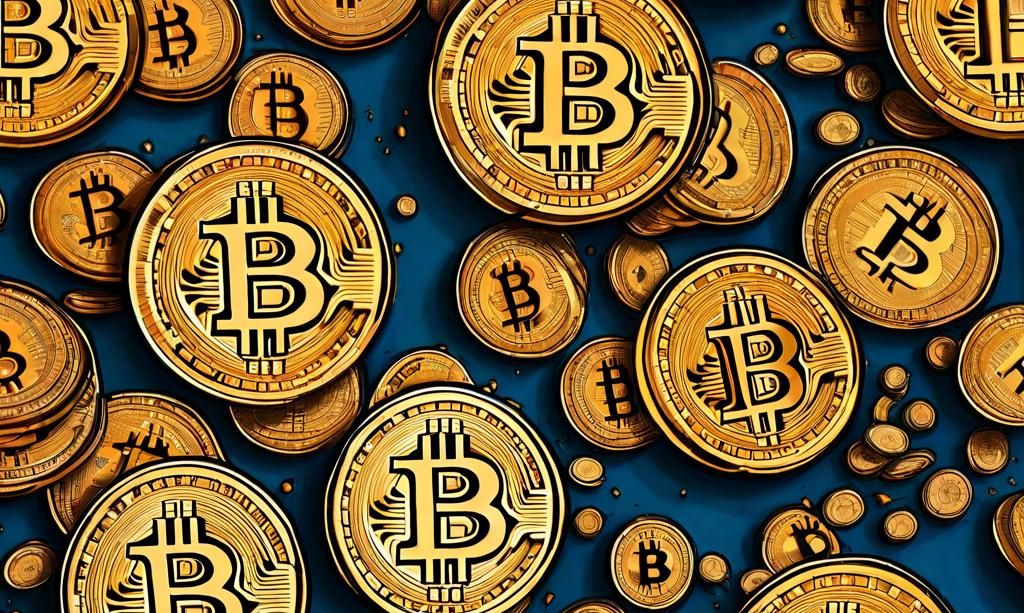Bitcoin, the undisputed “King of Crypto,” is more than just a digital currency. It’s a complex system with a carefully crafted supply mechanism. This article delves into the world of Bitcoin’s supply and demand, exploring its history, limitations, and future potential.
Understanding Bitcoin’s Two Sides:
- The System: This encompasses the entire Bitcoin ecosystem, including the technology, user base, and the concept of decentralized digital currency.
- The Units: These are individual units of the cryptocurrency, known as BTC. It’s crucial to distinguish between the broader concept and the specific amount of coins available.
A Look Back: Bitcoin’s Price Journey:
From its humble beginnings on a forum in 2009, where it traded for fractions of a cent, Bitcoin has experienced a rollercoaster ride:
- 2011: Crossed the $1 mark, igniting investor interest.
- 2013: Witnessed a surge to $250, followed by another climb to over $1,000 by year-end.
- 2017: Reached an all-time high of nearly $20,000.
- 2021: Peaked at over $68,000, coinciding with the launch of popular exchange Coinbase.
- 2022: Faced the “Crypto Winter,” dropping from $50,000 to under $20,000.
The Finite Frontier: How Many Bitcoins Exist?
- Bitcoin’s total supply is capped at 21 million. This design choice, believed to be by creator Satoshi Nakamoto, ensures scarcity and keeps the smallest denomination valuable even in a globalized economy.
- As of January 2024, 19.6 million BTC are in circulation, leaving only 1.4 million to be mined.
The Mining Mechanism: New Coins Every 10 Minutes:
- New Bitcoins enter circulation through a process called mining. Miners solve complex mathematical problems to verify transactions and add new blocks to the blockchain.
- Every 10 minutes, a new block is generated, releasing a specific amount of new Bitcoins as a reward.
- This reward halves every 210,000 blocks, roughly every four years, creating scarcity and potentially influencing price.
Beyond the Cap: What Happens When All Bitcoins Are Mined?
- Bitcoin is expected to reach its maximum supply by 2140.
- After that, miners will still be incentivized to secure the network through transaction fees, as outlined in the Bitcoin whitepaper.
- Some believe Bitcoin’s value will increase due to scarcity, potentially leading to higher transaction fees.
- However, the possibility of mining becoming unprofitable without block rewards cannot be ignored.
- Future adjustments to the supply cap, though unlikely, would require consensus from the majority of the Bitcoin mining network.
Understanding Bitcoin‘s supply and demand dynamics is crucial for navigating the ever-evolving world of cryptocurrencies. The intricate design of its limited supply and controlled release adds a unique layer to its economic model and long-term potential.




